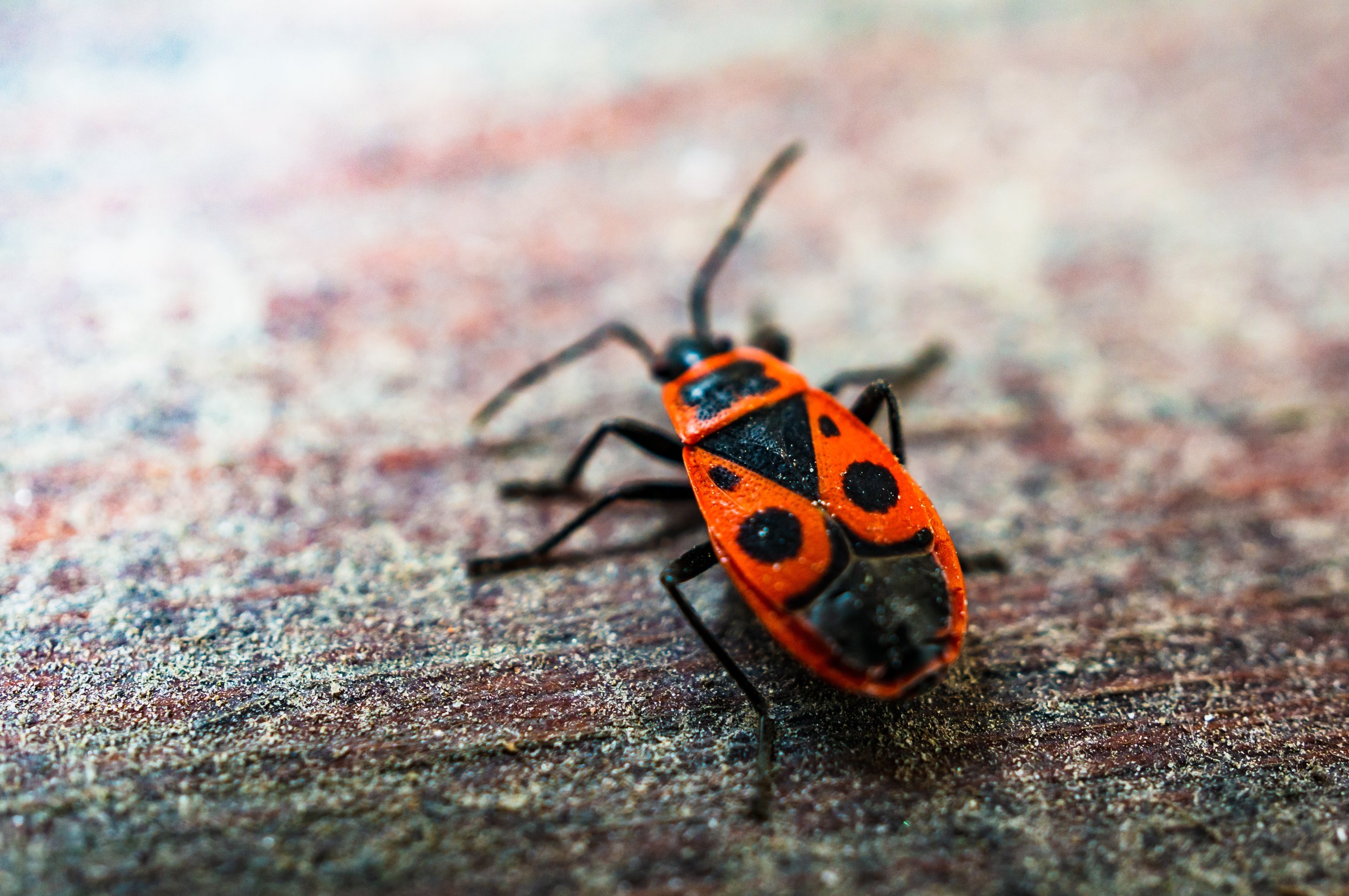
Box Elder Bug Removal and control Made Easy
Unexpected drifters of autumn
Fun Fact: Box elder bugs are not just seasonal pests. They can survive cold winters by entering a state of dormancy, allowing them to re-emerge each spring.
What are box elder bugs?
Box elder bugs are interesting but irritating bugs and can hitch a ride into your home as an uninvited guest. They are typically around half an inch long. What makes them so unique is that they have black bodies with vibrant red or orange markings often appearing along the wings and edges. When their numbers increase, they become easily visible with their striking coloration. They are found in temperate climates where they have a natural affinity for box elder tree, a type of maple tree. Box elder bugs feed on the seeds, and on the leaves, these trees are a crucial food source. Their lifestyle is also unique and they aggregate in large groups in particular in fall when they begin to hibernate. This behavior can cause a surge of these insects scurrying into your homes trying to seek out some warmth and shelter.
Although generally harmless to humans and pets, they have a remarkable reproductive capacity and can survive various climates. This is why a small infestation can rapidly escalate into a large scale problem if not dealt on time. Understanding their biology and habits is crucial for homeowners aiming to prevent infestations and protect their homes from these resilient little creatures.
Common type and prominent signs of infestation
In Canada, the most common species of box elder bug is Boisea trivittata, commonly found in rural and urban areas. They tend to gather around box elder or other type of maple and fruit trees. The warm, sunny sides of buildings are particularly attractive to them as they seek out heat during the cooler months.
Signs of an infestation can manifest in various ways, and it’s essential for homeowners to recognize these indicators early on. One of the most apparent signs is the sighting of clusters of box elder bugs on sunny walls, windowsills, or near door frames. Their attempts to enter homes can expose vulnerabilities in seals and insulation, potentially allowing other pests to enter. Additionally, when disturbed or crushed, box elder bugs release a faint, unpleasant odor that can linger in the air. This odor is a defense mechanism and can serve as a warning sign of an infestation. They also leave behind stains on surfaces, including walls and fabric. Another potent indicator is finding their shed skins. These skins can often be found near their congregating spots.
Effective management of box elder bugs by ECO pest control
With ECO Pest Control, an eco-friendly and effective solution is provided for the health of your home and the environment. Our highly trained professionals know how to handle these insects the best, and our way is humane and efficient. In our approach, the first stage is a full inspection of your property to pinpoint entry points and possible breeding areas. It means checking for cracks in walls, gaps around windows, and other vulnerable areas that these bugs can exploit to get into your home.
If the inspection is complete, ECO Pest Control uses a combination of exclusion techniques to safely eliminate an infestation. We seal off points of entry to prevent future invasions. Furthermore, our team also utilizes ecofriendly box elder bug treatment methods, which don’t put your family or pets at risk.
ECO Pest Control, with a proven track record for success and a commitment to provide customers with best box elder bug extermination. We will continue to showcase our expertise and our commitment to sustainable practices, which will allow you to have a pest free home. Contact our team and get the help you need before these troublesome insects damage your property and peace of mind.



